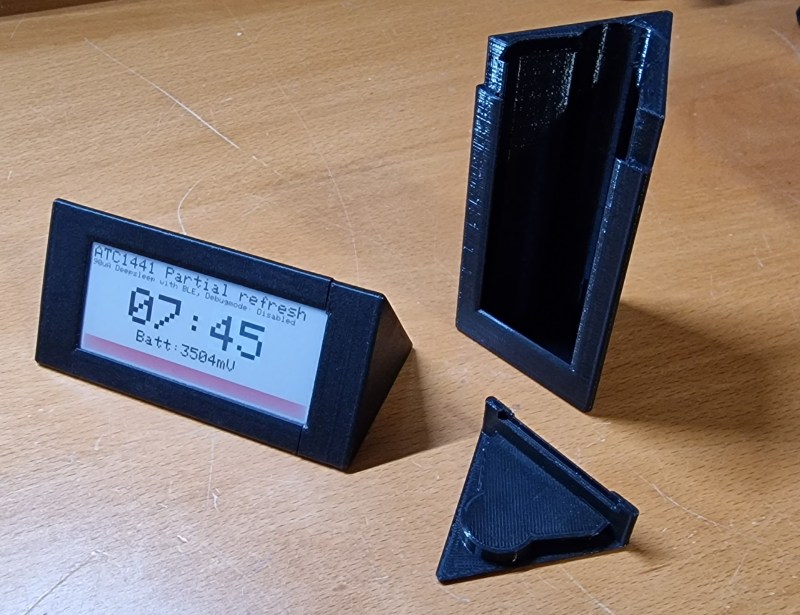Low Power Challenge: E-Paper Shelf Label Becomes Ultra-Frugal Clock

Over the past two decades, e-paper has evolved from an exotic and expensive display technology to something cheap enough to be used for supermarket price tags. While such electronic shelf …read more Continue reading Low Power Challenge: E-Paper Shelf Label Becomes Ultra-Frugal Clock